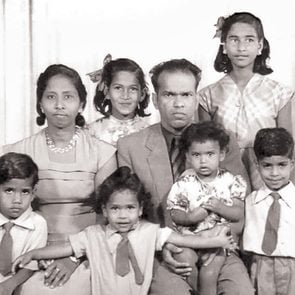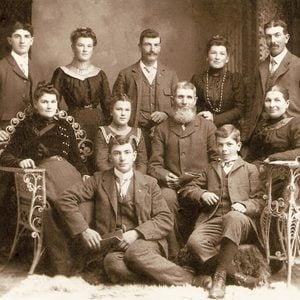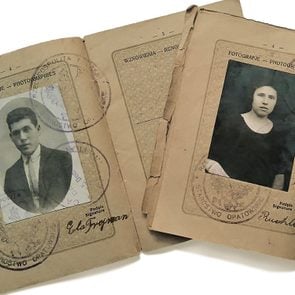Remembering the Bunkhouse
An unlikely real estate purchase became this immigrant family's stepping stone to a better life.
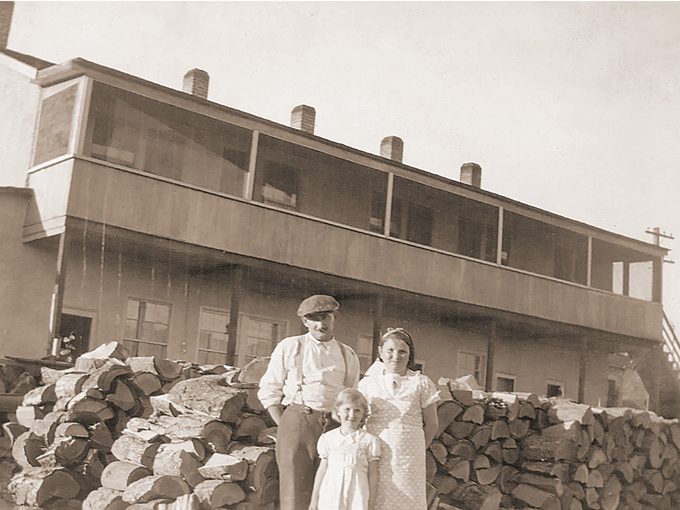
While reading my favourite magazine, Our Canada, some of the stories stirred up memories of my own. My parents came from Europe to Canada in 1929. They planned to be farmers around Winnipeg, but circumstances brought them to Kelowna in British Columbia. They spoke no English, but fortunately found work with a German-speaking family who needed help with their farm animals, small orchard and several children. These two families, strangers at first, became lifelong friends.
Within a year, my dad found a new opportunity in the form of a large, derelict bunkhouse that was for sale. It was two storeys, had 20 individual rooms, a huge community kitchen and dining room, plus a row of outhouses in the backyard. It was owned and operated by a nearby cannery, which no longer needed to import seasonal workers, as Kelowna now had a growing population of immigrants who eagerly lined up each day hoping to be chosen for work. My parents also lined up and were fortunately good workers who were retained for the season.
Obviously, the sale of the bunkhouse became a big topic of discussion—especially when my dad said he would buy it! Why not? After all, he had just received his “refund” of the money he had to deposit to ensure he would become a working immigrant in Canada.
The bunkhouse was not particularly clean, so both of my parents scrubbed and calcimined each of the rooms. Even so, they would soon be fighting a bedbug war every time a tenant moved away.
The building was near the train station, and men looking for work were arriving daily. The rooms rented for $5 per month and were about 12 feet by 12 feet in size. They were furnished with a cot and mattress, a washstand with basin and bucket, two chairs, a homemade table and tongue-and-groove shelves for groceries, dishes and whatever. Clothes were hung on hooks behind the door. One electric light hung from the ceiling. Cold water was available from a tap in the yard and a small cast iron stove was used for heating and cooking, with wood included in the rent!
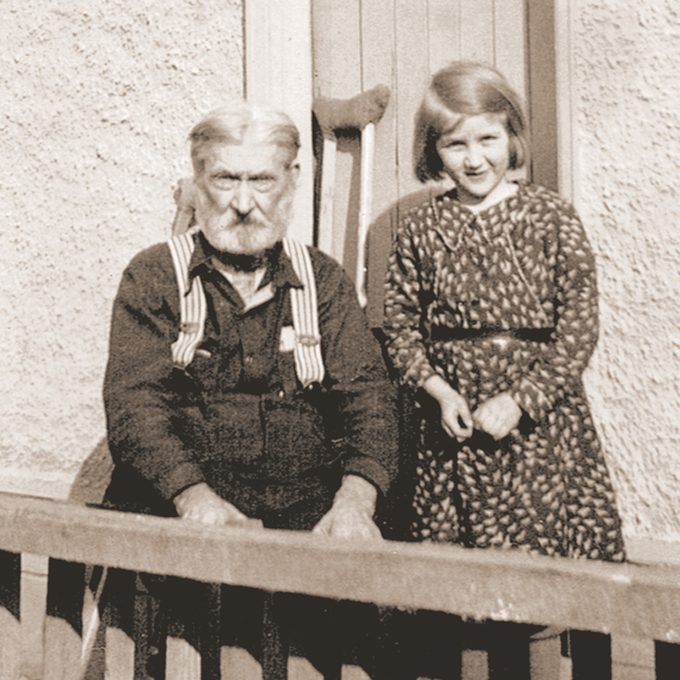
No Place Like Home
One of the elderly bachelors living on the shadier north side of the building had no money to pay rent, so Dad’s advisers/translators told him that this man would have to go. My dad refused to evict him. Old John paid his back rent in installments as soon as he began to receive his meager old-age pension. Mom insisted he keep some money for groceries. He was a quiet old man and became my “grampa.” Old John lived with us until his death some 15 years later.
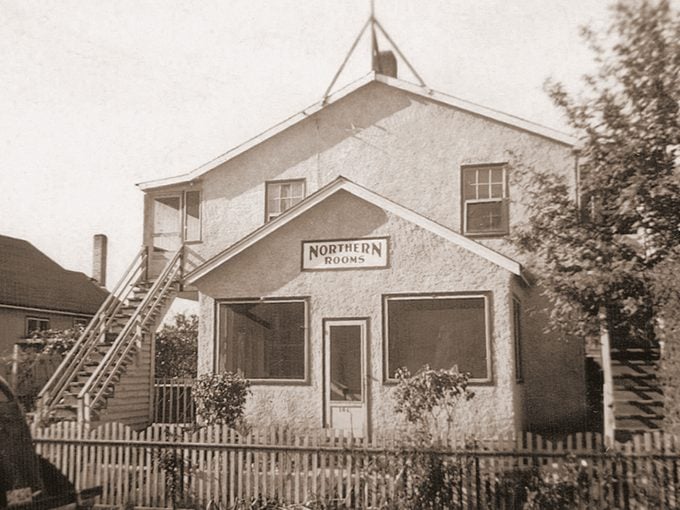
As time went on, my parents upgraded the old bunkhouse and we re-christened it “The Northern Rooms.” Bachelors were finding wives, so Dad would make a door between north and south rooms. Now they had a separate bedroom-storage area plus a kitchen-living area. When sewers were extended to our street, we added indoor plumbing for men and women. On the upper floor were private cubicles for bathtubs. Dad also installed a stove and a wringer washer. All the women loved him for that! By now there were babies around and diapers to launder.
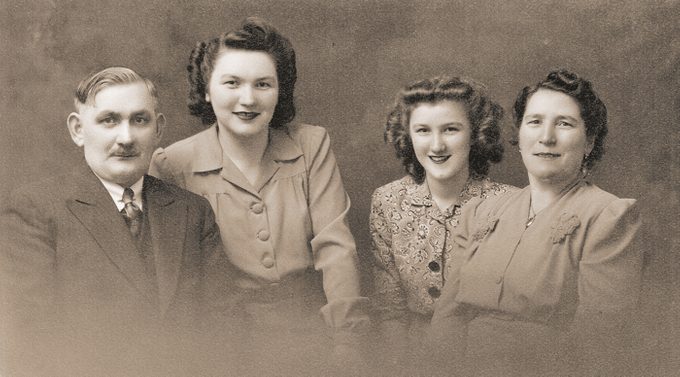
Our original living quarters were now rented out as well. Mom and Dad had salvaged wood and straightened nails from a demolished shed nearby. From that, they built a modest two-bedroom home, sized according to the available wood! Tiny closets were ample for our few clothes, and we also had indoor plumbing with a Pembroke bathtub. Mom never stopped praising her built-in porcelain kitchen sink with its drainboard. More than 50 years later, when this old house was to be demolished, my daughter, Susan, was able to salvage Mom’s sink. It is now used to wash vegetables from her garden!
There are many stories of all the people who lived in The Northern Rooms during the 15 years our family was there. Since our own home was built right beside it, we were always a part of this big multi-national family. We had no “landlord versus tenant” squabbles. Even after moving away, many tenants remained lifelong friends. Many became businessmen and leaders in our city.
What had been a most unlikely purchase by an uninformed immigrant, turned out to be a stepping stone to success for our family and for many of the young and old who lived with us during those many exciting and happy years.
Next, read the incredible story of how one Dutch family survived WWII to start anew in Canada.
